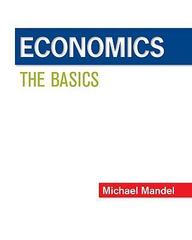Question
Assume that only a single risky asset exists (the Global index), and a single risk-free rate (the 1-month US risk-free rate) at which investors can
Assume that only a single risky asset exists (the Global index), and a single risk-free rate (the 1-month US risk-free rate) at which investors can borrow and lend. Assume the risk-free rate is equal to its time-series average and has zero variance. Also assume the utility function provided in the previous problem, with a risk-aversion coefficient of 3.0. For all parts use your estimate of annualized arithmetic average returns (APR) and annualized variance.
Note (utility function provided in the previous problem: U= E(r)-1/2A^2
A.) Plot the capital allocation line (CAL) in the expected return-standard deviation plane. What does moving up and down the CAL represent about the allocation between the two assets? What is the intercept of the line? What is its slope? What is the economic significance of the intercept and slope?
B.) Plot the investor's utility of the complete portfolio as a function of the allocation to the risky asset. What does the curve suggest about the investor's approximate optimal allocation to the risky asset?
C.) On the same plot as the CAL in (a), plot the indifference curve in the expected return-standard deviation plane corresponding to a utility level of 0.03 for an investor with a risk aversion coefficient of 3. Plot a second indifference curve corresponding to the utility level suggested in (b). How does the second indifference curve differ from the first? What is the relation of the second indifference curve with respect to the CAL?
D.) What is the exact allocation to the risky asset in the complete portfolio that maximizes the utility of the investor?
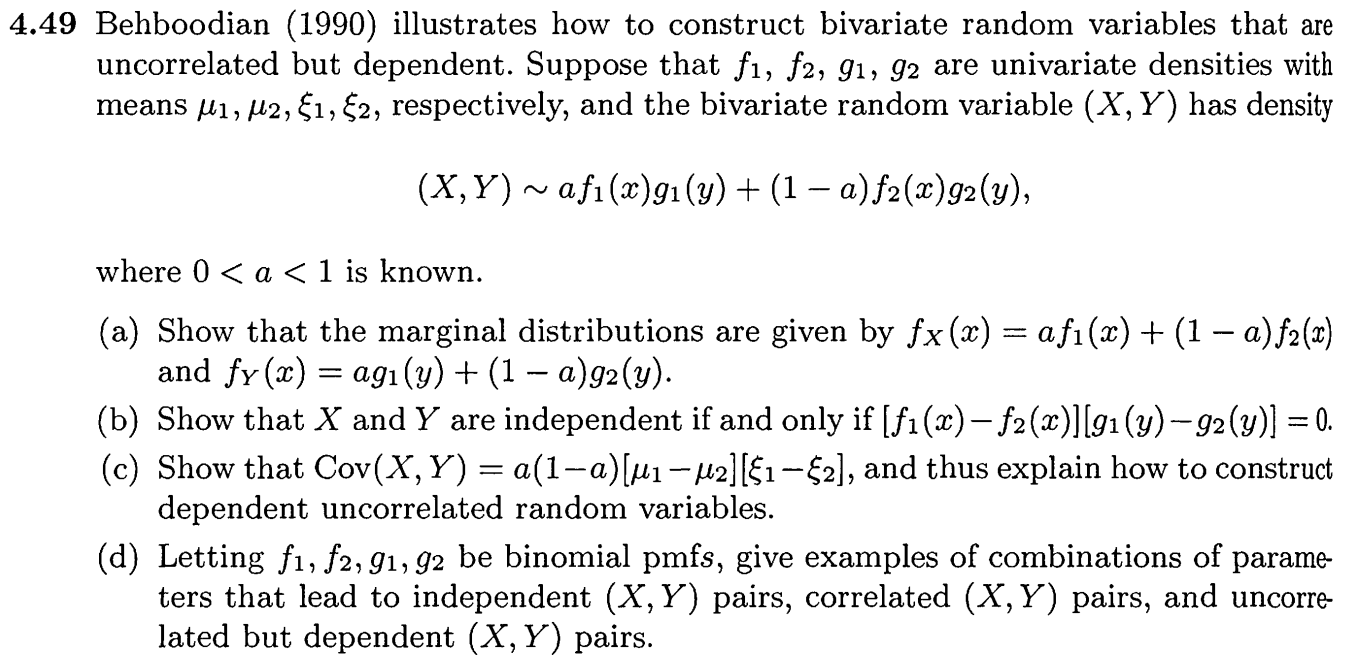
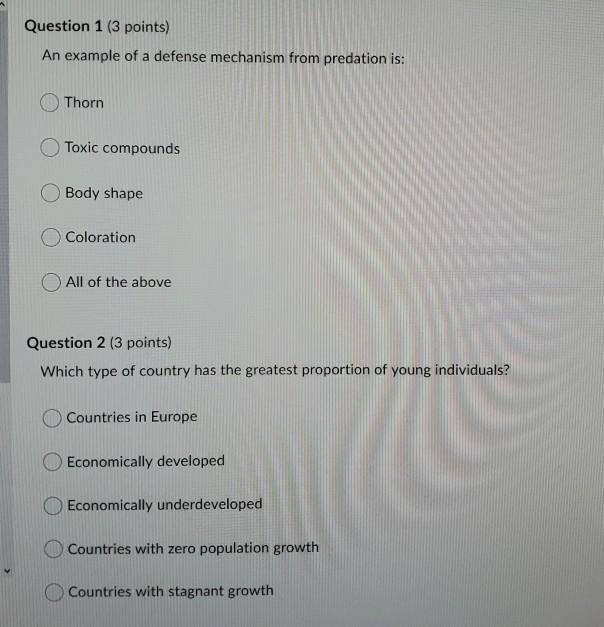
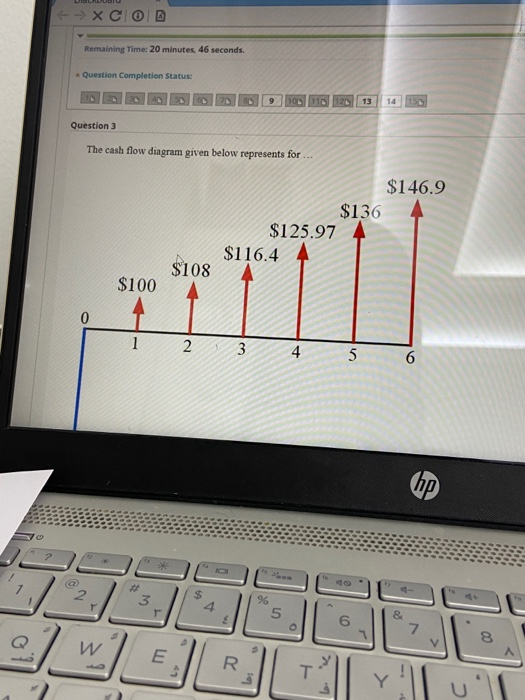
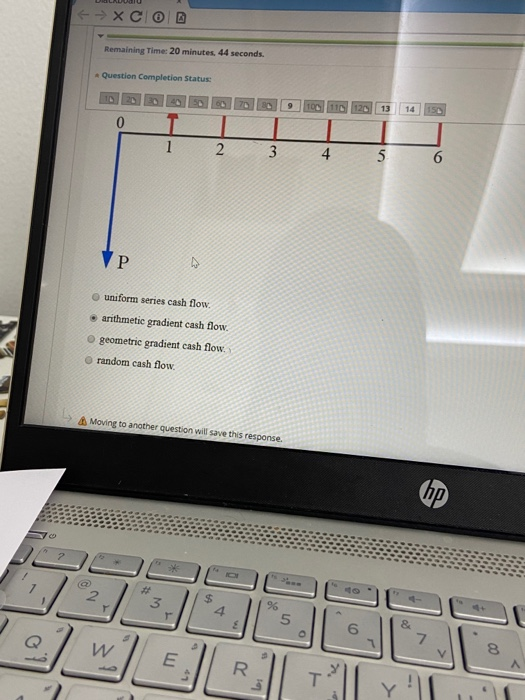
Step by Step Solution
There are 3 Steps involved in it
Step: 1

Get Instant Access to Expert-Tailored Solutions
See step-by-step solutions with expert insights and AI powered tools for academic success
Step: 2

Step: 3

Ace Your Homework with AI
Get the answers you need in no time with our AI-driven, step-by-step assistance
Get Started


